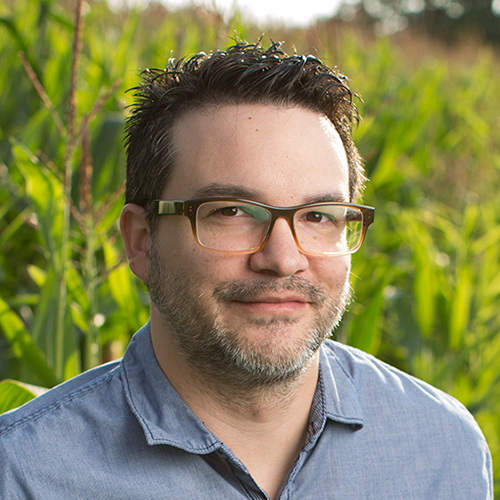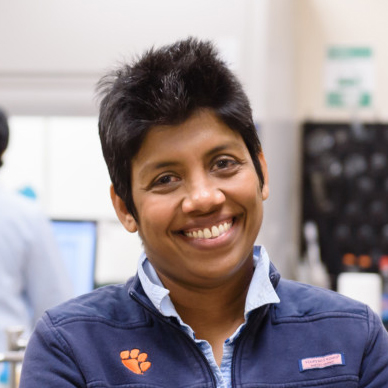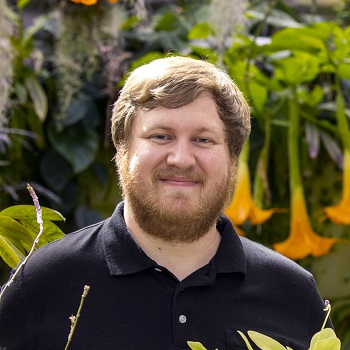Plant breeders around the world focus on improving crops that will thrive in future fields. To be successful, every breeding program must measure the growth, performance and composition of its crops. Doing so requires a large investment of technology and human capital, which can be out of reach for national programs in developing countries. Breeders are shifting to digital data collection, which requires the adaption of technologies to record and organize observations from the field. Breeders also need to analyze the biochemical composition of the plant to understand and improve various quality traits. The existing technology infrastructure is new, costly, not thoroughly validated and hard to maintain, which makes it inaccessible for many breeding programs.
The challenge
Our approach
Our phenomics team takes a three-prong strategy: enable digital collection throughout the breeding research program, develop software to analyze that data, and measure nutritional traits for human consumption. We are creating a suite of low-cost tools that are easy to adopt, use and maintain in order to streamline data collection and effectively measure candidate varieties. Additionally, we are developing open-source tools that can predict compound concentrations and determine the most nutritious varieties that target food security goals.
“By being able to more accurately and more efficiently measure candidate crop varieties, you can more effectively select the highest performing one. This has a big impact on crop improvement.”
Jesse PolandPhenomics co-lead
Recent highlights
Prospector
Developing and testing an app interface for near infrared spectroscopy that can be used on multiple crops
Handheld spectrometer
A low-cost solution to train a model and predict plant quality traits with spectral scans
Fourier-Transform Infrared Spectroscopy
Creating universal models to measure low-concentration nutrients such as protein, beta carotene, amino acids and fatty acids
Research from our experts
In progress
- Developing the use of a low-cost NIR spectrometer to predict compositional phenotypes from grain and foliar tissues of sorghum, as well as on root crops.
- Fourier-Transform Infrared Spectroscopy (FTIR) technology to predict accurate quantification of total fat, protein, and sulfur-containing amino acid is being adapted for a variety of crops at Centers of Innovation.
- A gas chromatography-mass spectrometry (GC-MS) to measure individual fatty acids and FTIR models will be used to measure individual essential fatty acids and total fats in the seed without any chemical treatments.
- Prospector, a mobile app for managing NIRS data, is in its final stages of testing.
Recent accomplishments
- Integration of Waves tool suite into Breedbase
- Waves R package was used in an active cassava breeding program, allowing it to be validated for the analysis of spectral data collected from breeding trials
- Development of new and improved PhenoApps for mobile data collection (e.g. Field Book, Intercross, Prospector, Coordinate)
- Intercross, a mobile app to manage crossing in breeding programs, has been released on GooglePlay
Innovation Lab for Crop Improvement-funded research
- Predicting starch content in cassava fresh roots using near-infrared spectroscopy (Gore and Hershberger)
- Leveraging prior biological knowledge improves prediction of tocochromanols in maize grain (Gore)
- Genomic prediction of tocochromanols in exotic-derived maize (Gore)
- Intercross: An Android app for plant breeding and genetics cross management (Rife and Poland)
- Combining GWAS and TWAS to identify candidate causal genes for tocochromanol levels in maize grain (Gore)
- Making waves in Breedbase: An integrated spectral data storage and analysis pipeline for plant breeding programs (Gore and Hershberger)
- Making Waves in Breedbase: Free, Open‐Source R‐Package Makes Handheld Spectrometers Easier to Use (Gore and Hershberger)
- Low-cost, handheld near-infrared spectroscopy for root dry matter content prediction in cassava (Gore and Hershberger)
- Prospector: a mobile app for high-throughput NIRS phenotyping (Rife, Courtney, Hershberger, Gore, Poland)
Recent publications from our experts
- Genomic prediction enables rapid selection of high-performing genets in an intermediate wheatgrass breeding program (Poland)
- Elucidating the genetics of grain yield and stress-resilience in bread wheat using a large-scale genome-wide association mapping study with 55,568 lines (Poland)
- The roles and potential of lentil prebiotic carbohydrates in human and plant health (Thavarajah and Johnson)
- Genetic variation in the prebiotic carbohydrate and mineral composition of kale (Brassica oleracea var. acephala) adapted to an organic cropping system (Thavarajah and Johnson)
Resources
- Emerging technologies from the Gore Lab
- PhenoApps including Field Book, Inventory, Coordinate, OneKK, Verify, Whitefly Count and Survey
- International Center for Dry Land Agriculture
- Plant Breeding E-Learning in Africa
The phenomics team

Erin Farmer













